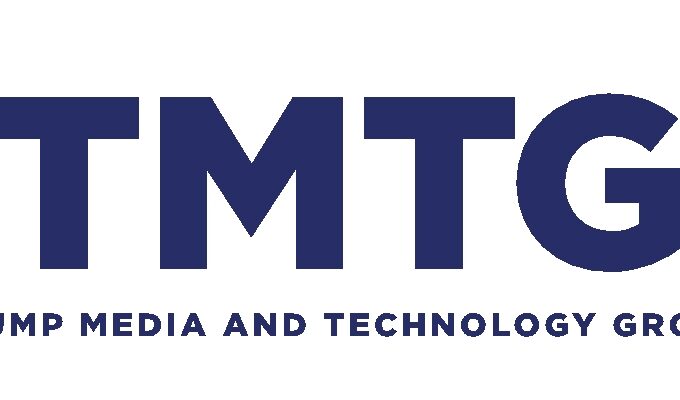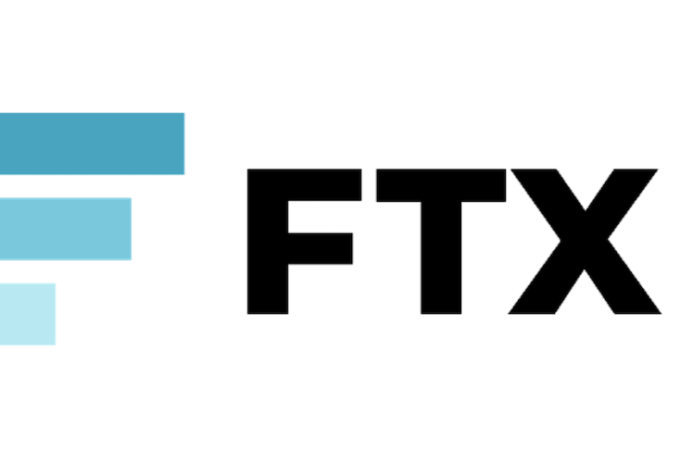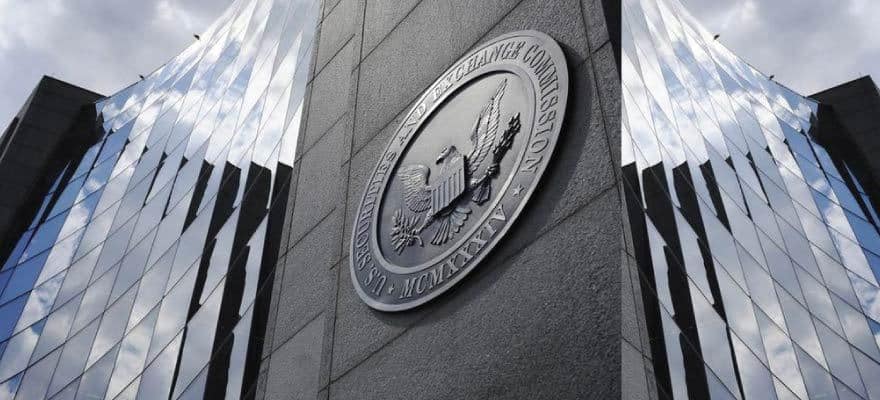
FTX Bankruptcy Plan Approved: Creditors Set for 119% Return
In a landmark decision on October 7, 2024, U.S. Bankruptcy Judge John Dorsey approved FTX’s reorganization plan, marking a significant milestone in the aftermath of one of the largest cryptocurrency exchange collapses in history. The approval comes nearly two years after FTX filed for bankruptcy in November 2022, following allegations of fraud and mismanagement.
Under the terms of the confirmed plan, FTX is poised to distribute between $14.7 billion and $16.5 billion to its creditors. In an unprecedented move for a bankruptcy case, 98% of FTX’s creditors are set to receive approximately 119% of their allowed claim value. This means that most creditors will not only recover their initial investments but also see a profit.
John J. Ray III, FTX’s CEO and Chief Restructuring Officer, hailed the court’s decision as a “significant milestone” in the company’s efforts to distribute funds to customers and creditors. Ray emphasized the complexity of the case, stating, “This will be the largest and most complex bankruptcy estate asset distribution in history.”
The plan outlines that eligible creditors will receive their payments within 60 days after the plan’s effective date, subject to know-your-customer and other distribution requirements. FTX is currently finalizing arrangements to make distributions to creditors across more than 200 jurisdictions worldwide.
However, the plan has not been without controversy. Some creditors have argued that the settlement does not account for the significant increase in cryptocurrency values since FTX’s collapse. Bitcoin’s price, for instance, has risen from about $16,000 in November 2022 to over $63,000 at the time of the court decision.
The bankruptcy process has also shed light on the broader implications for the cryptocurrency industry. FTX’s fall from grace, triggered by the revelation that founder Sam Bankman-Fried had misappropriated customer funds, led to criminal proceedings against several former executives. Bankman-Fried himself was sentenced to 25 years in prison earlier this year, though he has since appealed his conviction.
As the crypto world watches closely, the FTX case sets a precedent for how large-scale cryptocurrency failures might be handled in the future. The ability to return more than 100% of creditors’ claims is particularly noteworthy, given the volatile nature of cryptocurrency assets.
While the approval of the reorganization plan marks a significant step forward, challenges remain. FTX is still in negotiations with the U.S. Department of Justice over $1 billion in seized assets, and the company must navigate the complex process of distributing funds across multiple international jurisdictions.





